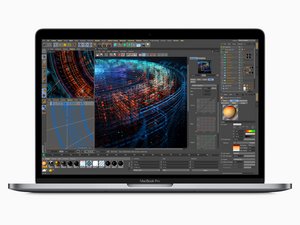Multimeter - low battery voltage, dead laptop
Hi
My Mac suddenly stopped turning on after I came from holidays.
I expected it was faulty battery because for the last few months there was a warning in MacOs saying about recommended battery replacement. Also the laptop had huge issues with overheating, the funs were often running with full speed.
For this reasons I decided to replace the battery with the iFixit one, but the Mac still does not turn on. I visually inspected the motherboard for any issues but there is nothing worrying. There was no liquid damage for sure. Laptop was just sitting for the last 5 days not being used which is even more mysterious.
However I noticed when I check the voltage for the new battery with multimeter using the two gold connectors I get 0.1 V. I would like to understand if it's normal ? For comparison I did check the old battery and it was showing similar value so I assume that might be a normal thing?
Secondly do you have any recommendations what else could be tested? I'm happy to take risk as the laptop is dead anyways and I did recently a backup.
I did try
- Run Mac without battery
- Reset SMC
- Tried different chargers
- Connect to charger for a day
- Reassemble everything 2 times checking the cables and connectors
Thanks!
New iFixit battery

Old battery ( removed from laptop)

Questa è una buona domanda?


 4
4 
 35
35  32
32